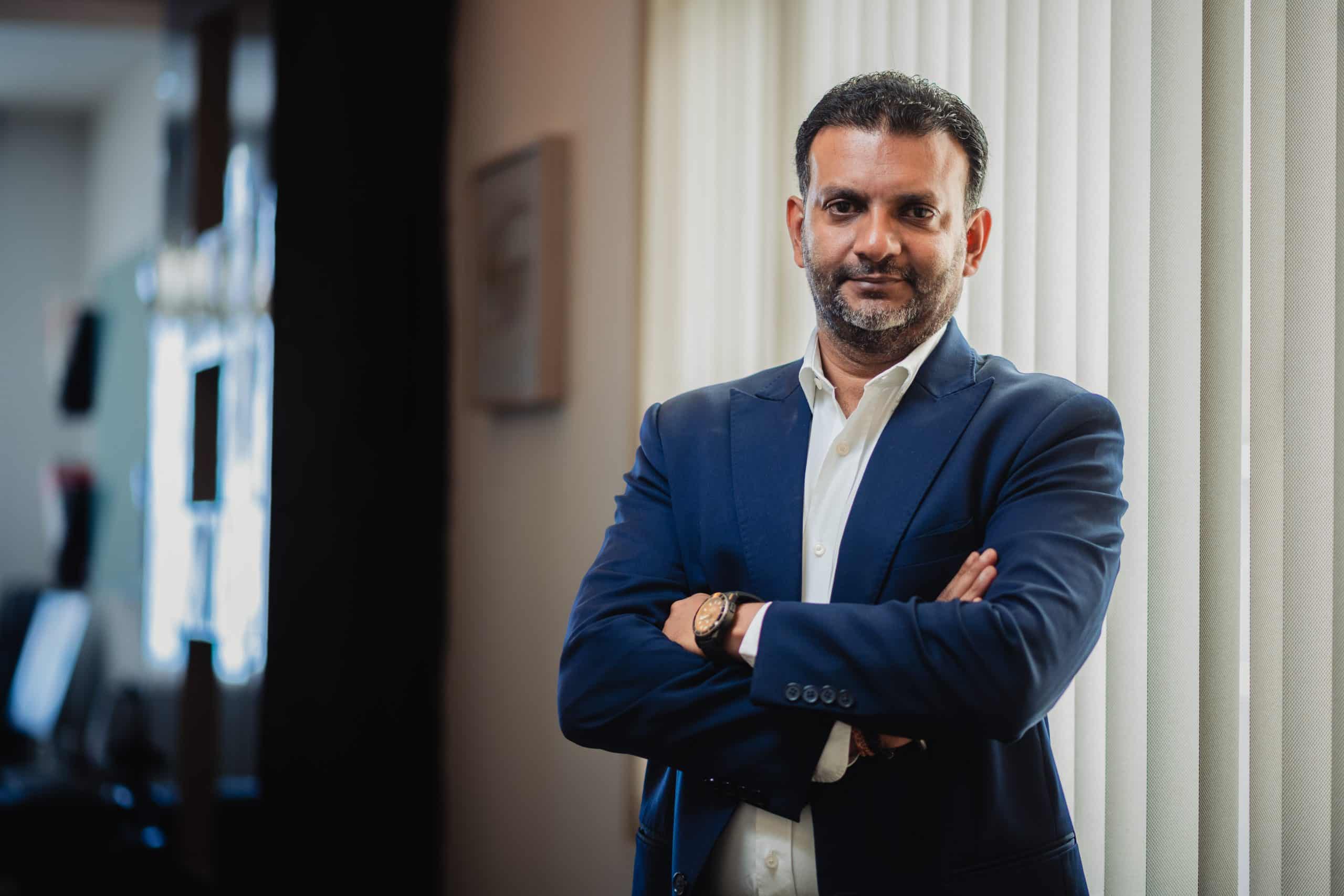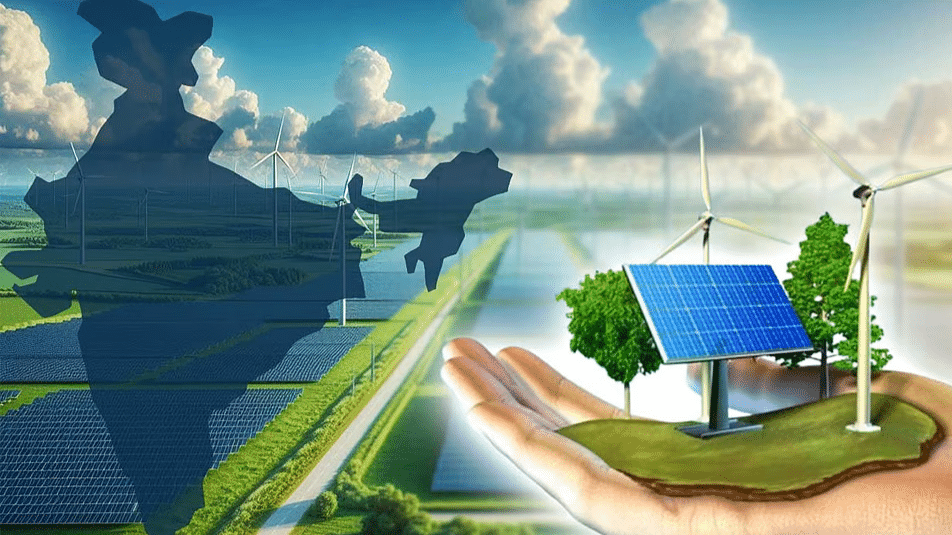
We talk of 2070 net-zero goals, green hydrogen dreams, and billion-dollar gigafactories. But let’s be honest: ambition without capacity is just optimism.
If India truly wants to emerge as a global leader in clean energy and green mobility, we need to move fast from import dependence to ecosystem resilience.
This is not a race to build faster. It’s a call to build smarter, deeper, and with conviction.
Let’s break this down…
The Foreign Dependence Challenge: Breaking Free from Over-Reliance
Let’s start with the hard truth: India is still heavily dependent on imports for critical clean energy components.
From rare earth magnets in electric motors, lithium-ion cells in batteries and hydrogen fuel cell membranes, a large part of our clean energy infrastructure is not built in India.
Today, India imports almost 100% of its Lithium, 78% of its Solar PV modules, and about 75–85% of its Hydrogen Electrolyzers– a dependency that poses strategic risks for our clean energy and green mobility ambitions.
A strong belief that propels me forward is this: too often, ‘Make in India’ is interpreted as assembling in India. But if we want to lead globally, we must go deeper.
India shouldn’t just be a participant in the clean energy revolution- we should be leading it. At GreenFuel, we started in a space once dominated by CNG imports, but by building demand, investing in R&D, and filing patents for our innovations, we shifted the narrative. We didn’t just make in India, we designed and engineered here, creating solutions that are globally relevant and future ready.
As someone with decades of experience in green mobility, I believe global customers aren’t just looking for the cheapest options; they’re looking for solutions they can trust.
For far too long, the lowest price has driven decision-making, not just in infrastructure, but across clean energy and mobility sectors. However, when price becomes the sole metric, innovation suffers. What we need instead is a technology-first, value-driven approach where the long-term impact, durability and efficiency of a solution are given their due weight.
This is exactly the shift we’re seeing in public infrastructure today. In a recent move, Minister Nitin Gadkari announced the scrapping of the lowest-bidder (L1) rule for road contracts, stating: “We should give priority to good quality and technology. The lowest cost is not always the best.”
It’s a powerful shift, not just in one sector, but in how we approach nation-building as a whole.
As India races toward its 500 GW renewable energy target by 2030, the clean fuels story is expanding beyond just solar and wind. LNG is emerging as a critical bridge fuel, with LNG trucks projected to grow from just 700 to nearly 200,000 by 2040. This shift could replace significant diesel use-saving 30% in CO₂ emissions and nearly 100% in particulate and sulfur oxides
In the space of clean energy, trust is the true currency, and it’s earned through quality, consistency, and a long-term commitment to excellence.

India’s clean energy future needs more than capital- it needs conviction. While schemes like PLI and FAME have catalyzed early momentum, we must move beyond deployment targets and funding rounds.
I also believe that we need more founder-builders who think in decades, not just clean exits. Entrepreneurs and investors must be willing to take the long road, backing deep-tech, high-impact innovation instead of chasing quick returns.
At the same time, government policy must reward depth. In another welcome move, the Cabinet recently approved the Rs 1 lakh crore Research, Development, and Innovation (RDI) Scheme, aimed at deepening India’s technological self-reliance in strategic areas, including clean energy and green mobility sectors – a strong vote of confidence for institutions that dare to build, invent, and lead from India.
More so, corporations must stop treating clean energy goals as a checkbox under CSR. It’s time to embed them into their core business strategy with a long-term perspective. Just as Tata’s early investment in EVs and Reliance’s $10B push into green energy prove what we can achieve when leadership aligns with long-term vision.
Startups, too, must rise to the moment-not by mimicking consumer tech success stories, but by solving deep infrastructure, energy storage, and clean fuel challenges at scale.
I always say this and have built with a deep faith in this notion- Valuation cannot be the goal, value creation must be.
Take Chargeup, for example, an asset management and energy platform, where I’m also an investor and mentor, purpose-built for India’s three-wheeler ecosystem. By creating IP-led digital solutions, it’s addressing real operational gaps and enabling higher EV adoption where it’s needed most. This isn’t a borrowed model adapted to India; it’s a ground-up solution, designed to solve local challenges and enhance the everyday usability of electric mobility for the most underserved segment.
It's my core belief that the future won’t be shaped by who moves fastest, but by who builds with patience, purpose, and a bold commitment to real impact for India and the world.
Our Global Reckoning…
The world is watching India…We are the third-largest energy consumer, one of the fastest-growing clean tech markets, and home to immense engineering talent.
But here’s the thing: being a high-potential market isn’t enough anymore.
The next 25 years will determine whether India shapes the global clean energy future or remains dependent on those who do.
Let’s choose to lead, not follow.

Founder & MD, GreenFuel Energy






